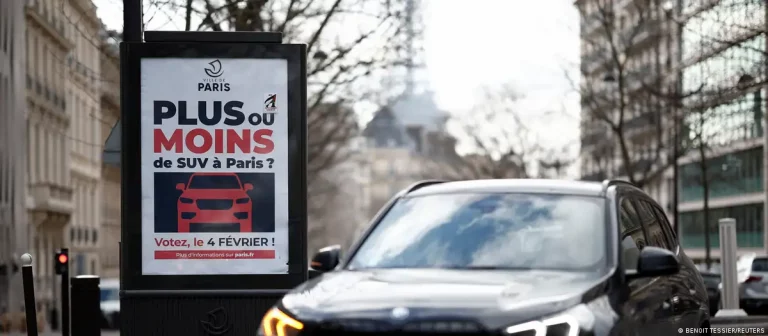Bruce Sterling on the value of design fiction (and some example videos)
Bruce Sterling’s Wired UK article on the value of design fiction is very much worth a read, as it defines the field so well:
“A formal definition exists: “Design fiction is the deliberate use of diegetic prototypes to suspend disbelief about change.”
There’s heavy freight in that sentence, but most can be disposed of promptly. “Deliberate use” means that design fiction is something that people do with a purpose.
“Diegetic” is from film and theatre studies. A movie has a story, but it also has all the commentary, scene-setting, props, sets and gizmos to support that story. Design fiction doesn’t tell stories — instead, it designs prototypes that imply a changed world.
“Suspending disbelief” means that design fiction has an ethics. Design fictions are fakes of a theatrical sort, but they’re not wicked frauds or hoaxes intended to rob or fool people. A design fiction is a creative act that puts the viewer into a different conceptual space — for a while. Then it lets him go. Design fiction has an audience, not victims.
Finally, there’s the part about “change”. Awareness of change is what distinguishes design fictions from jokes about technology, such as over-complex Heath Robinson machines or Japanese chindogu (“weird tool”) objects. Design fiction attacks the status quo and suggests clear ways in which life might become different.”
So what is their value?
“The objects offered to us in a capitalist marketplace have three basic qualities: they are buildable, profitable and desirable. They have to be physically feasible, something that functions and works. They need some business model that allows economic transactions. And they have to provoke someone’s consumer desire.
Outside of these strict requirements is a much larger space of potential objects. And those three basic limits all change with time. Through new technology, new things become buildable. Business models collapse or emerge from disruption. People are very fickle. That’s how it works out — and the supposed distinction between “real” and “not-real” is pretty small.”
On his blog Bruce provides a huge, personally annotated catalogue of examples of design fiction.
They range from sketches to personas, from imaginary future scientific experiments to theatrical events, from apps to start-ups, from exhibitions
to exhibitions, and from physical objects to books, to inspiring videos.
Here are some examples of design fiction videos:
The future that Mirrobe (pronounced MEER-Obe), a design fiction by Samuel Kobe, is imagined to be from isn’t all the different from one we enjoy today. The technology will not be anything majorly advanced, but instead versions of existing technology both refined and more completely integrated into the household. Kobe expects it to be the year 2020 to 2025 when his design fiction would be in production and fully integrated into the households of the modern world.
[Video version without interface]
nuna by Guri Venstad is a system of patches that integrate with your skin and provide new sensory experiences.
In a time where visual displays are frequently asking for our attention, nuna offers a more subtle and unobtrusive approach using ambient touch. The system consists of three patches that use patterns in vibration, temperature and contraction to form a new haptic language.
Introductory video to Elvira Grob‘s speculative design project “Vitiosae Vigilis“.
“A Digital Tomorrow” is a design fiction video produced for Curious Rituals, a research project conducted in July-August 2012 by Nicolas Nova (The Near Future Laboratory / HEAD-Genève), Katherine Miyake, Nancy Kwon and Walton Chiu from the media design program.
Corner Convenience is a thought experiment, newspaper, and series of three short films that explore the trivial and mundane objects coming soon to a store near you. Created by Julian Bleecker of the Near Future Laboratory with Nick Foster and students at a workshop at Arizona State University’s Emerge event.
> Article in The Atlantic




Great article. Thanks so much for these terrific examples of design fictions!
In 2009 I began teaching a Masters course in Australia that I called “Design Fictions”. I began using a blog to share findings and prototypes in 2011: http://designfictions.tumblr.com/
I use the term ‘DesFi’ as a play on ‘SciFi’. In that ‘SciFi’ narratives and visualisations are fictional scenarios based on scientific discoveries and discussions. Im particularly interested in how the genre of ‘science fiction’ can provide an example approach for design students to consider when they are conceptualising potential designs for future contexts.
The DesFi approach allows design students to put aside existing limitations to great ideas… such as current feasibility issues around access to private data. These limitations are based in ethical, technical and political arguments that, although undeniably important, can suspend design innovations if we only consider the policies, technologies and processes that exist right now.
My premise to the students is that such contemporary concerns may be solved by another discipline in the near or far future. Consequently, attitudes will shift, new technologies will emerge and the criteria and inventory for design specifications will evolve.
Limiting our design ideas to current issues may dilute the potential for innovation… but more importantly, by prototyping great imaginative design solutions, we can increase the demand for change through demonstrating the possibilities that emerge from the overcoming the conditions and contingencies of designing products for only todays market and todays user.